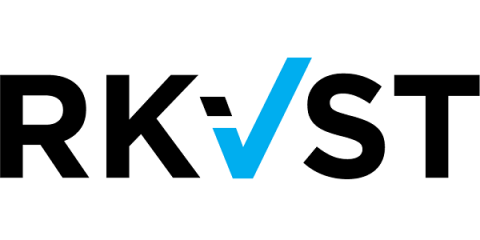Security | Threat Detection | Cyberattacks | DevSecOps | Compliance
August 2022
Financial Services Software Has Fewer Security Flaws Than Most Industries
GitOps and Shift Left Security: The Changing Landscape of DevSecOps
Application developers have always had a tricky balance to maintain between speed and security, two requirements that may often feel at odds with each other. Practices that increase speed also pressure development teams to ensure that vulnerable code is identified and remediated without slowing development. As companies embrace digital transformation initiatives, the need to weave better security into developers’ workflows has only grown clearer.
DevSecOps is no longer a consideration-it's a necessity
Veracode Unveils Velocity Partner Program
Simplifying Software Security: Veracode Enhances Frictionless Experience For Developers
Top trends in Application Security in 2022
The rising number of cyber attacks against software applications has emphasized how security must serve as an important factor in software development. More than the traditional Software Development Lifecycle (SDLC) procedures, now security-integrated development lifecycles are being widely adapted. These aren’t the typical security assessments that are performed at the very end of development of the application, but embedded throughout the lifecycle.






